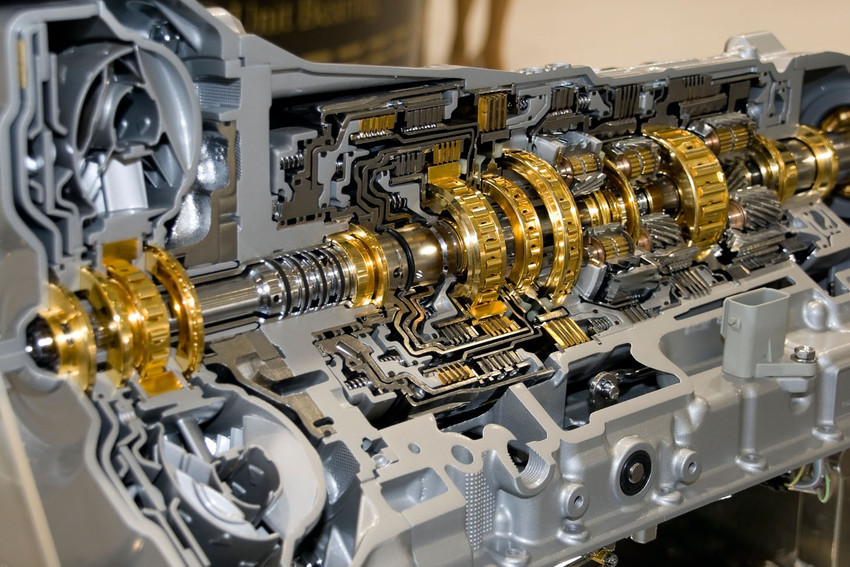Posted inMaterial Science
Thomson atomic model
A schematic presentation of the plum pudding model of the atom; in Thomson's mathematical model the "corpuscles" (or modern electrons) were arranged non-randomly, in rotating rings The current model of the sub-atomic structure involves a dense nucleus surrounded by a probabilistic "cloud" of electrons The plum pudding model was a model of the atom that incorporated the recently discovered electron, and was proposed by J. J. Thomson in 1904. Thomson had discovered the electron in 1897. The plum pudding model was abandoned after discovery of the atomic nucleus. The plum…

